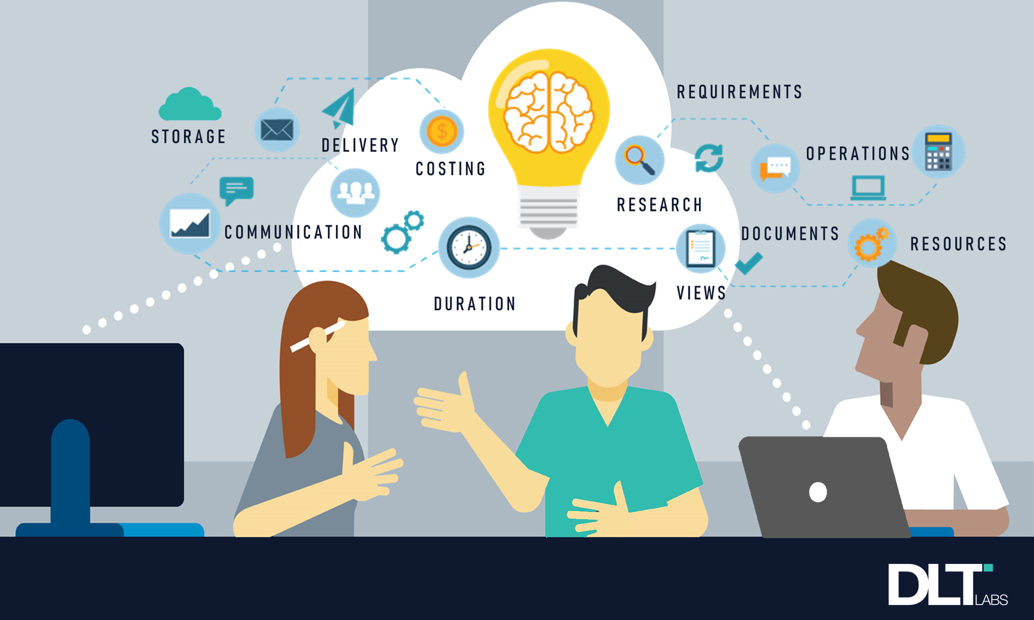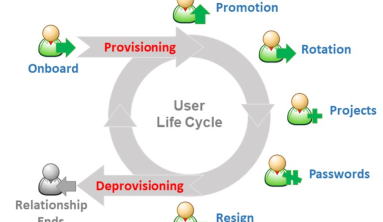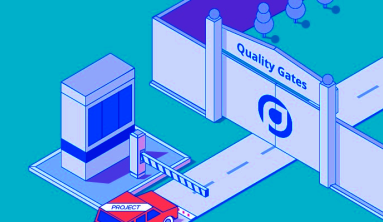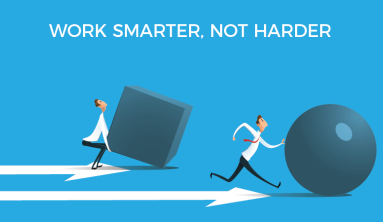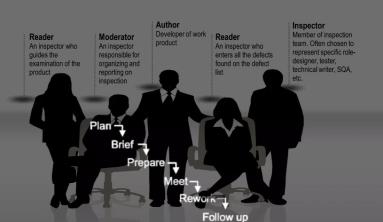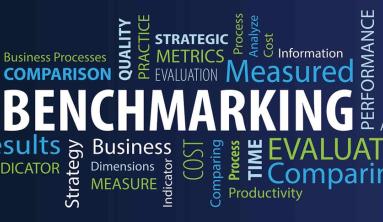Every project manager knows that you need the right information to make your project a success. Vital information such as a projects requirements, client’s expectations and assumptions and understanding the risks are all a key part of the planning process.
But how do you get the right information? Here’s the pros and cons of ten techniques:
Interviews
Interviewing stakeholders and users is often the first point of call when gathering requirements for projects.
Pros:
+ You can achieve a deeper level of engagement when you’re talking to someone one on one.
+ It’s easier to arrange a session with one person than to co-ordinate a group.
+ You gain greater ‘buy in’ from stakeholders. Helping them to feel more valued, and have greater ownership of the project. As a result, they could offer more support in the later stages of your project.
Cons:
– It’s more time consuming than arranging one session with a group of people
– You miss out on people bouncing ideas off one another in a group session
Our tip: As a top priority, you may want to focus your time on interviewing the stakeholders with the most expertise and, or those with the greatest power over whether your project is a success or failure.
Focus groups
Focus groups typically include around 6 to 12 people who represent your projects end users or customers, usually to gather research about their views or perceptions towards a specific concept, product or service.
Pros:
+ This is geared towards understanding the real needs of your end users, rather than relying on assumptions on what those needs are, so you’ll be far better informed.
+ Users feel their opinions are respected and valued, and may help make the project a success by ‘championing it’ when it goes live.
Cons:
– It takes a lot of logistics to find the right people and get them in the same room at the same time.
– You may be raising expectations among users that you can’t meet (if suggestions have been overly optimistic) and causing disappointment when the project goes live.
– You’ll need an experienced facilitator with expertise – either external (which costs money), or an internal member of staff (who may take time and money to train, if they’re not skilled enough).
Our tip: Manage expectations up front: let everyone know that their suggestions will provide valuable insight to help you improve, but may not turn into deliverables in the final project.
Facilitated workshops
A facilitated workshop is an intensive, structured meeting led by an impartial facilitator. This allows you, the project manager, to focus on gathering project requirements.
Pros:
+ You’re able to bounce ideas off of multiple people
+ With a bank of knowledge in the room, you get more for your time.
+ You can tap into diverse knowledge and experience
Cons:
– To get the best results you’ll need an experienced facilitator – either external (which costs money), or an internal members of staff (who may take time and money to train, if they’re not skilled enough).
– Without a facilitator there is the danger of the quieter participants being drowned out by those louder
– It can be hard to co-ordinate stakeholder’s busy schedules to get them together
Our tip: Where possible, you should have an experienced facilitator to lead the workshop, and a separate person to record the information. If there is a surge of information from the group, the facilitator can concentrate on managing the conversation rather than trying to record as well, and potentially fall behind.
Brainstorming
Brainstorming is a popular method for generating ideas, especially in a group environment. This normally takes place at the beginning of a new project, with multiple stakeholders involved to capture initial ideas. Everyone is encouraged to contribute ideas without fear of judgement at this early stage.
Pros:
+ Your process is given a kick-start with an abundance of ideas generated
+ You get a large amount of information in a short space of time.
+ You can uncover insights and information that may have been lost with other methods.
+ Brainstorming session can be motivating for stakeholders and make them feel more engaged.
Cons:
– You need to have the right format and a good facilitator, or the ideas could dry up, or go off on a tangent.
– It’s easy to get overloaded with information.
– Participants can’t sense check information on the spot (the rule is: there’s no such thing as a bad idea)
Our tip: Be sure to capture the information from your brainstorm in a clear and organised way. Your information won’t be much use if you can’t read it afterwards.
Mind mapping
Gathering project requirements isn’t just about how you collect the information, but also, how you capture, structure and make sense of it all. Mind mapping can provide a very effective way of documenting a brainstorming session.
Pros:
+ It helps kick-start a flow of information either individually or in a group so you can gather lots of meaningful information quickly.
+ It works the way your mind works – in a hierarchy and forces you to be methodical so you can spot gaps and trends.
+ The format helps you progress to the next stage (sorting the information) before the requirement gathering ends, saving you time and effort.
Cons:
– Mind mapping manually (using pen and paper) is slow and unorganised.
– It can be difficult to turn ideas and plans into actionable tasks unless you have the right tools.
Our tip: When using mind mapping in a group, its best when everyone can see the map so they can make connections and generate even more ideas – so you really need software to help you do this (MindGenius is great, but feel free to choose another).
Questionnaire and surveys
Questionnaires and surveys are an effective way to gather data which is used to collect, analyse and understand the perceptions and opinions of a group of people. When it comes to gathering project requirements, you would ask key players from your organisation.
Pros:
+ It’s quick and you can send it to a large database very quickly.
+ You can tailor your questions to different stakeholders to address different business objectives.
+ You save time from attending meetings and recording the information – the participants do it for you.
Cons:
– It can be time-consuming to design and write a good survey.
– Participation can be limited. People may put it to the bottom of the to-do list.
– It’s one way: there’s no opportunity to probe or clarify on the spot.
Our tip: Software such as Survey Monkey can help take some of the hassle out of conducting larger surveys, but for a small pool of participants, you may be just as well using email. Just make sure you carefully plan the questions.
Observations
Observation is the study of users in their natural environment. By observing users, you can identify a process flow, awkward steps, pain points and opportunities for improvement.
Pros:
+ You get real-time specific insights from user behaviour.
+ You avoid the bias of people telling you want you want to hear, rather than what they need.
Cons:
– Observations are limited to a point in time.
– They require a large workforce
– It can be difficult to recruit participants and gain approval to go ahead.
Our tip: Observations won’t always fit with every project, however it can be used for software projects. It’s insightful for analysts to witness how users interact with the software at different stages.
Prototypes
A prototype represents the shell of an actual production application, and are built early on in the development lifecycle. They are normally used to present a physical product to your end user to seek feedback and provide insight that will determine the development of a product to make it more suitable to their requirements.
Pros:
+ You get real-time, in-depth user feedback.
+ It’s the only way to really test how people use physical products.
+ Works well in agile environments.
Cons:
– Only works for certain projects.
– It can be very expensive and time-consuming.
– Not always suited to waterfall-based project management.
Our tip: Think about the prototype: is the prototype to be disposable, or are there elements you may wish to reuse for your project.
Benchmarking
This method requires you to look at exceptional organisations within your industry and study how they have developed their project.
Pros:
+ Learn from the successes and failures of others at no risk to yourself.
+ You can set standards for the deliverables by looking at the best in class.
+ It can be useful to help you validate your approach.
Cons:
– For it to be meaningful you need to find benchmarks that very closely match your project which can be difficult – as no two projects are exactly the same.
– It could take you in the wrong direction, away from the original business idea.
– You are limited to information that is publicly available.
Our tip: When observing other organisations remember to choose those that match your project well. Be realistic while aiming to match the best in class.
Document analysis
Document analysis is a common method to kick-start requirements gathering. Analysing materials, studying relevant information, and then following this up using some of the methods mentioned earlier, creates a strong approach.
Documents could include project documentation from similar projects that didn’t work, it could be statistics-based reports on past performance or it could be minutes from meetings.
Pros:
+ Chances are that you already have documents readily available.
+ Someone may have done a lot of the job for you already.
+ It can provide you with the research you need to inform other information gathering techniques.
Cons:
– You may suffer from information overload.
– You will have to wade through lots of irrelevant information to get something useful.
Our tip: It’s unlikely that you’ll be able to rely on this approach alone. You’ll need to combine it with other techniques.
Connor Brooke (business2community)
